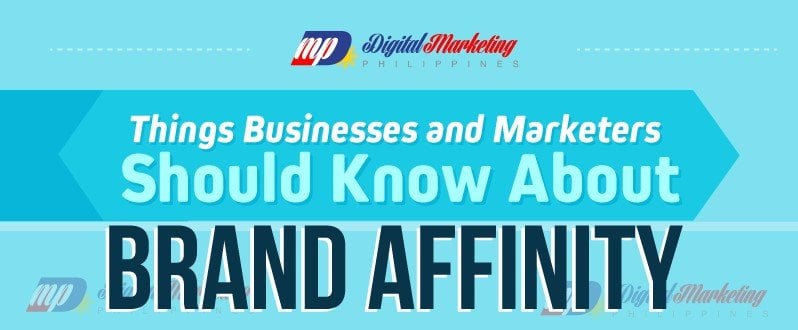In the marketing game today, brand loyalty is no longer the most powerful way of retaining existing customers and the most important goal when it comes to having new customers. Nowadays, it has been found that brand affinity is what businesses should aim towards if they are looking to propelling their company to new heights through their customer base.
[REITs]Q2 hedge fund letters, conference, scoops etc
According to Gigi Devault, brand affinity is “a metric that lets market researchers make predictions about how a consumer will behave.” It “adds a layer of information that is helpful when differentiating among consumers [in order] to accomplish market segmentation.” Building a solid foundation of relationship with your customers that rests on emotional parameters – using emotions to boost your relationship with your market and strengthen your business’ positioning.
However, brand affinity is certainly difficult to pull off. This is because this concept relies less on empirical analysis and focuses on more qualitative notions – emotions, in this case. It delves less into the hard facts of marketing and consumer rationality and follows customer behavior based on instincts derived from their circumstances, mood, and existing relationships with others – which are all quite temperamental at times.
Brand affinity, however, is perhaps the most enduring and valuable level of customer-business relationship. It is based on values that both parties share, mutual beliefs, and the ability of the business to accurately gauge how to act and present itself based on how their market is feeling at the moment. It transcends relationships built on rationality and logical conclusions formed by the customer, which is what brand loyalty is founded on. This is because brand affinity breeds an unshakeable foundation of trust between the customer and the business based on more than just the thought of “This company gives me what I need today.” It is at its absolute strongest when the customer’s beliefs affiliate itself to the organization – an absolute confidence that the corporation that they support champions their morals and values to a high degree of representation.
Aside from cultivating a system of trust and confidence between the customer and business based on shared values, morals, or beliefs, brand affinity can also influence the way the market sees them beyond their existing customer base. If word has spread that people strongly support a brand or company based on excellent customer experience or other positive reinforcements, it can spread public opinion to the advantage of the brand. Even those who have not had a personal experience with them can be influenced to patronize the brand or see it as one of the best in the industry just for the sole reason that people they know and trust have advocated for the brand and its authenticity.
The concept of consumers becoming more attached and loyal to a brand based on decisions made emotionally wasn’t a randomly-generated idea by marketers. It has its roots in neuroscience and psychology, where it has been found that humans tend to make decisions based on instincts and emotions then later rationalize them. Brand loyalty, however, is founded on rational decision making, which becomes ingrained as a habit with no genuine emotional connection. As such, it can be broken down by trivial factors that can present a stronger case of changing allegiances – like a different packaging, more competitive prices, or even merchandise changes in a store. But with brand affinity, such changes wouldn’t heavily affect the consumer.
When a customer has been engaged with and their affinity with the brand has been affirmed, they tend to show common signs of doing so. They have a strong likelihood of sticking to a brand or company regardless of changes. There is a high probability that, given a free choice situation between the brand and their competitors, the customer will readily come back to the brand and purchase from them despite what the competitors offer or promise them. Lastly, their tendency of word-of-mouth is quite potent – they will recommend and refer others to the company or brand that they highly enjoy, accompanied by describing high levels of overall customer satisfaction. In some cases, it can even be a brand that a family’s different generations will continue to patronize over the years.
But as mentioned before, achieving strong brand affinity is quite difficult. In fact, most (if not all) businesses nowadays continually strive to connect with their customers in a strong emotional level, but only manage to give their market rational reasons as to why they should purchase from the brand. Only a small percentage of businesses have successfully managed to achieve true brand affinity, and they have greatly enjoyed the benefits that come with it.
Establishing brand affinity involves a lot of legwork, but the payoff is great at the end. The primary concept to remember about it, however, is that businesses should never force brand affinity. It is something that comes naturally between the customer and the business. Your market can instinctively recognize when a brand is trying too hard to connect with them, even if they do not consciously point it out. The more a business tries to force an emotional connection, the more their niche is repelled by these efforts and turn their heads in the other direction.
Thankfully for brands nowadays, technology has made it far easier to connect with customers, providing them with more opportunities to study their market and continually improve on their marketing strategy. All that remains is knowing what you should do and what you should look out for if you’re looking to establishing brand affinity for your business.
To learn about everything else you need to know about brand affinity and how you can start pulling it off well this year, check out this infographic by Digital Marketing Philippines.






